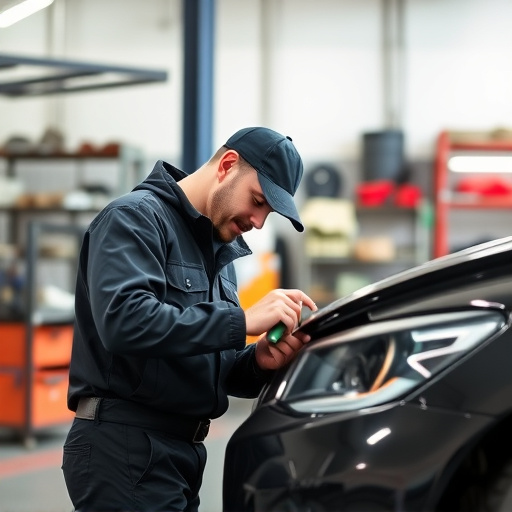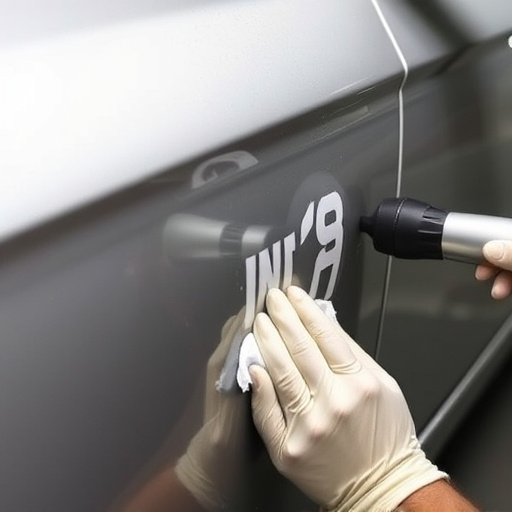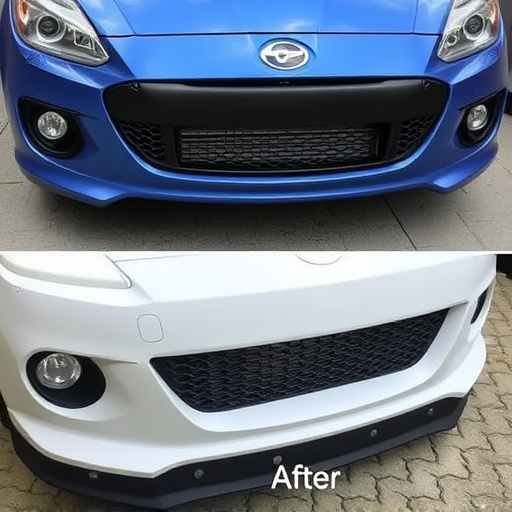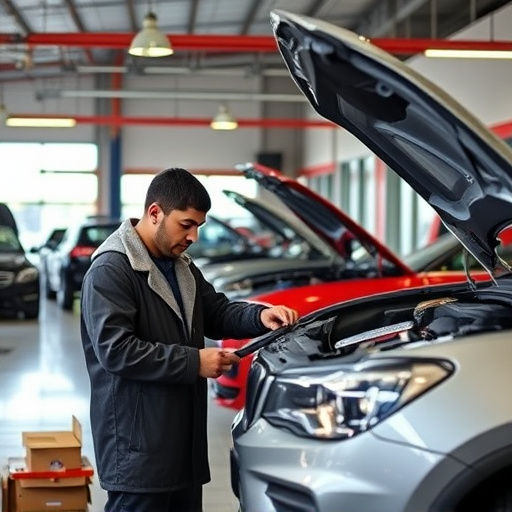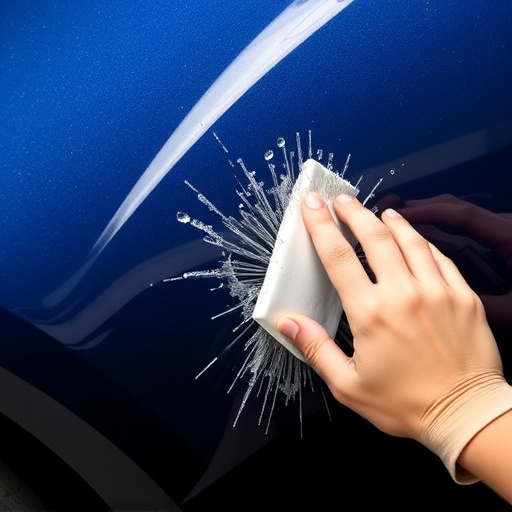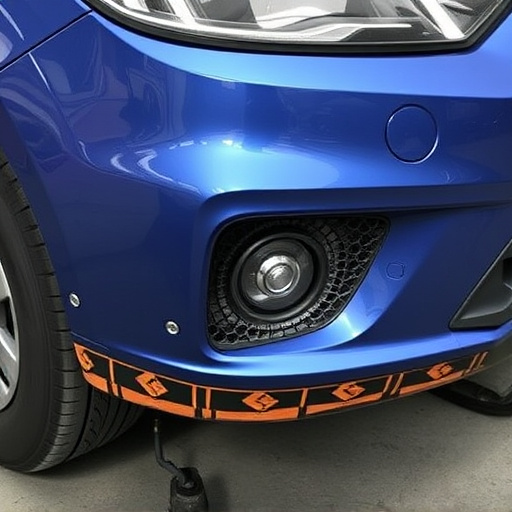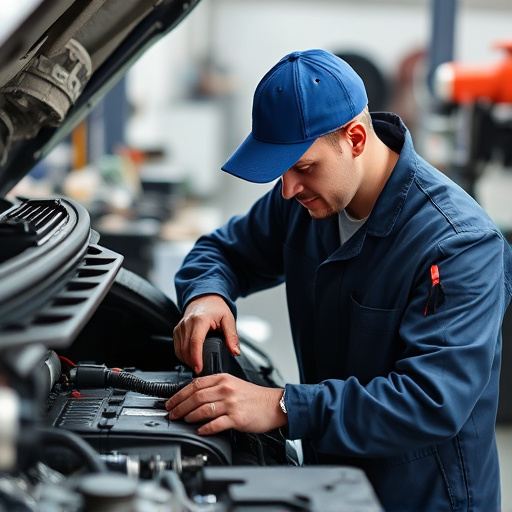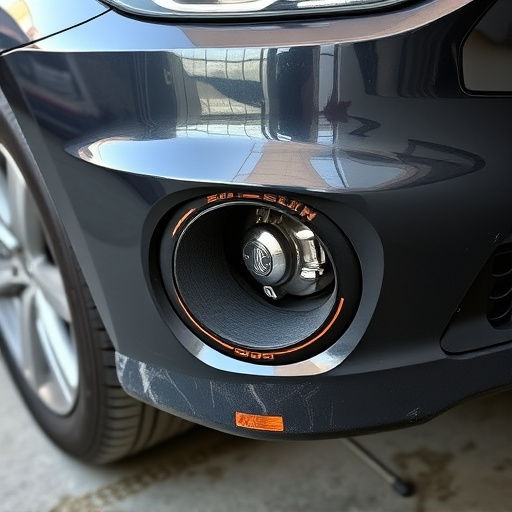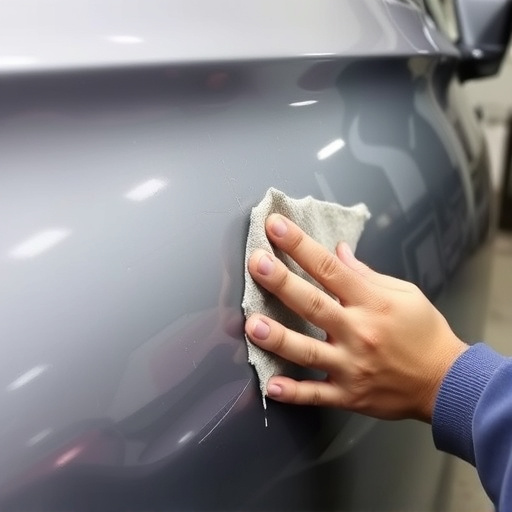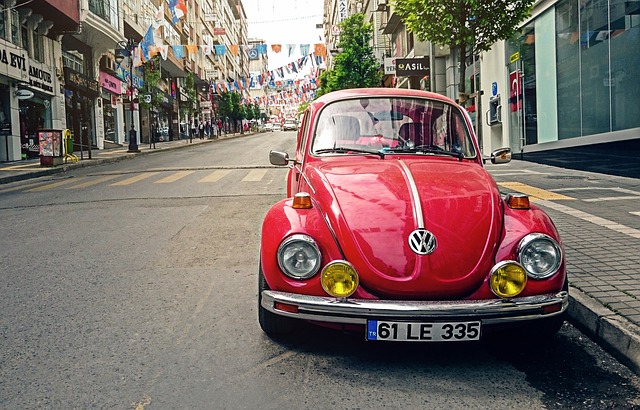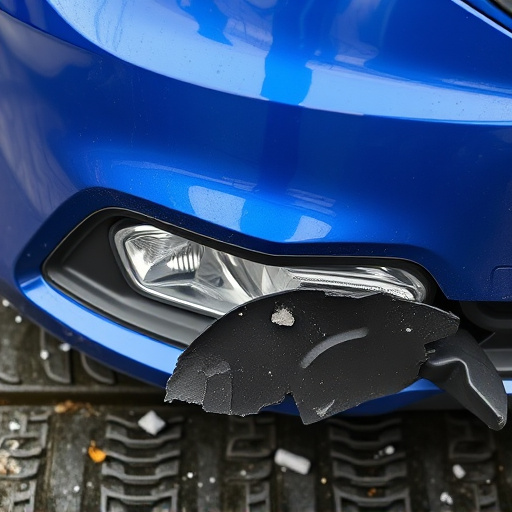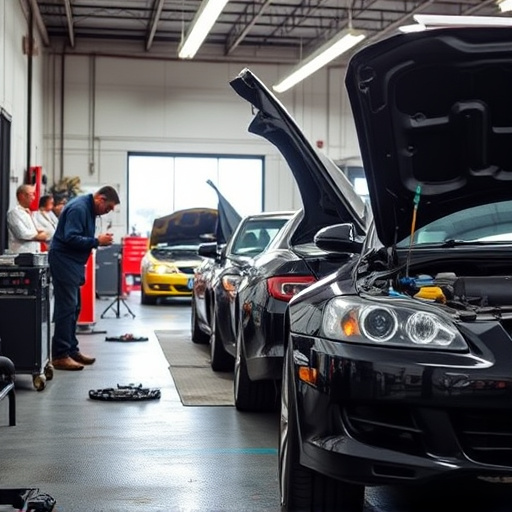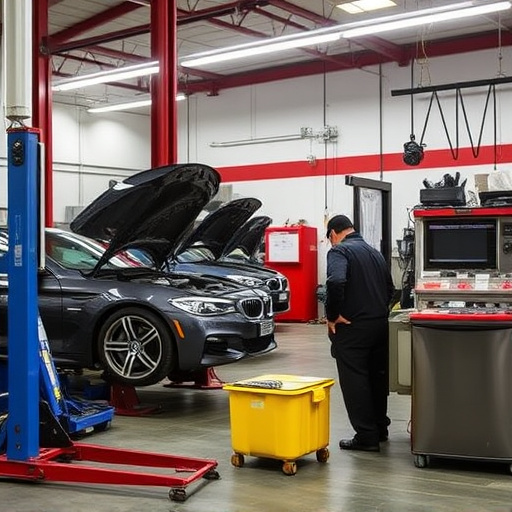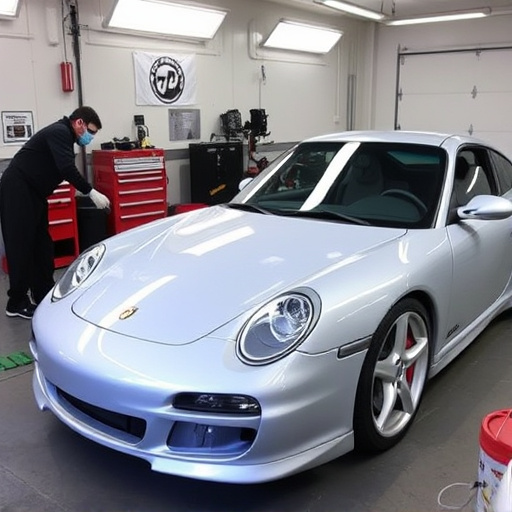Undercoating is a vital step in corrosion protection procedures, shielding vehicles from moisture and corrosive elements, especially in harsh weather. Essential for collision repair and restoration, like that seen in Mercedes-Benz services, it involves meticulous preparation and application to prevent future corrosion. Regular inspections and reapplication maintain optimal protection, crucial for extending vehicle lifespans, particularly in classic car restoration.
In the realm of corrosion prevention, undercoating emerges as a powerful ally. This article delves into the intricate role of undercoating in enhancing corrosion protection procedures. From understanding its basic principles to exploring the application process and key considerations, we uncover how this protective layer fortifies surfaces against corrosive elements. Furthermore, we dissect the benefits and limitations, providing insights crucial for professionals navigating the landscape of corrosion prevention.
- Understanding Undercoating: A Basic Overview
- Application Process and Key Considerations
- Benefits and Limitations in Corrosion Prevention
Understanding Undercoating: A Basic Overview
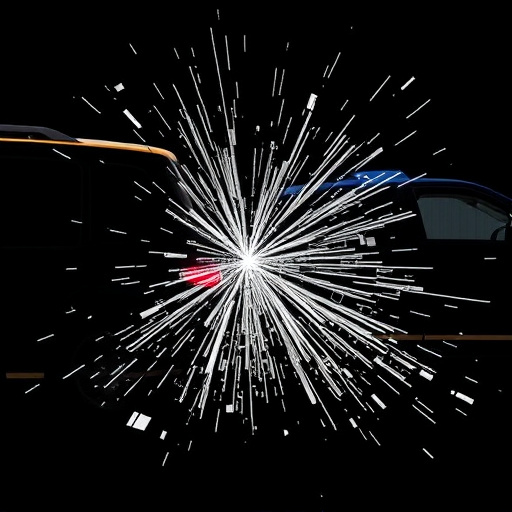
Undercoating is a crucial step in corrosion protection procedures, serving as a vital barrier between a vehicle’s metal undercarriage and the elements. This protective layer is designed to prevent moisture, salt, and other corrosive substances from coming into direct contact with the car’s structural components. By creating an insulating layer, undercoating helps to slow down or even stop the corrosion process, significantly extending the lifespan of a vehicle, especially in harsh weather conditions.
For instance, in the case of bumper repair and car body restoration, such as that seen in Mercedes-Benz collision repair, understanding the role of undercoating is essential. During these restorative processes, technicians not only focus on repairing visible damage but also ensure the underlying metal is protected. A thorough inspection to identify any existing corrosion or water damage is the first step before applying a suitable undercoating product. This proactive measure ensures that once the car body is restored, it remains in optimal condition for years to come, protecting against future corrosion and maintaining the vehicle’s overall aesthetic appeal.
Application Process and Key Considerations

The application process of undercoating involves several precise steps to ensure maximum protection for automotive body work. It begins with thoroughly cleaning and preparing the surface to remove any grease, dirt, or existing corrosion. This crucial step ensures the undercoating adheres properly. Next, a primer is typically applied to enhance adhesion and create a smooth base for the undercoating. The actual undercoating material is then carefully spread evenly across the designated areas, often using specialized tools to reach hard-to-access spots. In the case of Mercedes Benz repair or any car damage repair, this process becomes even more critical as it helps prevent future corrosion and extends the life of the vehicle’s structural components.
Key considerations during application include choosing the right undercoating for the specific needs of the automotive body work. Different formulations cater to various environments, from humid coastal regions to harsh industrial areas. Moreover, ensuring proper coverage is essential; gaps or thin spots can leave vulnerable areas exposed. Regular inspection and touch-ups are recommended to maintain the integrity of the corrosion protection procedures.
Benefits and Limitations in Corrosion Prevention

Undercoating plays a pivotal role in corrosion protection procedures, offering significant benefits that extend the lifespan of vehicles, especially during classic car restoration projects. By creating a physical and chemical barrier between metal surfaces and corrosive elements, undercoating prevents moisture from seeping into joints and crevices, a process crucial for car damage repair. This protective layer is particularly vital in harsh weather conditions, where salt, acid, and other pollutants can accelerate corrosion, leading to costly repairs or even vehicle failure.
Despite its advantages, undercoating isn’t a panacea for all corrosion-related issues. Its effectiveness depends on proper application during initial manufacturing or subsequent vehicle paint repair. Over time, undercoats can become damaged or thin due to environmental factors and regular wear, requiring periodic reapplication as part of routine maintenance. In cases where corrosion has already set in, addressing the issue becomes more complex, particularly with classic car restoration, necessitating expert intervention for successful long-term protection.
Undercoating plays a pivotal role in corrosion protection procedures, offering an effective barrier between metal surfaces and corrosive elements. By understanding its application process, benefits, and limitations, professionals can make informed decisions to safeguard structures against corrosion. Incorporating undercoating into maintenance plans is a strategic move, ensuring longevity and preserving the integrity of various materials in diverse environments.
